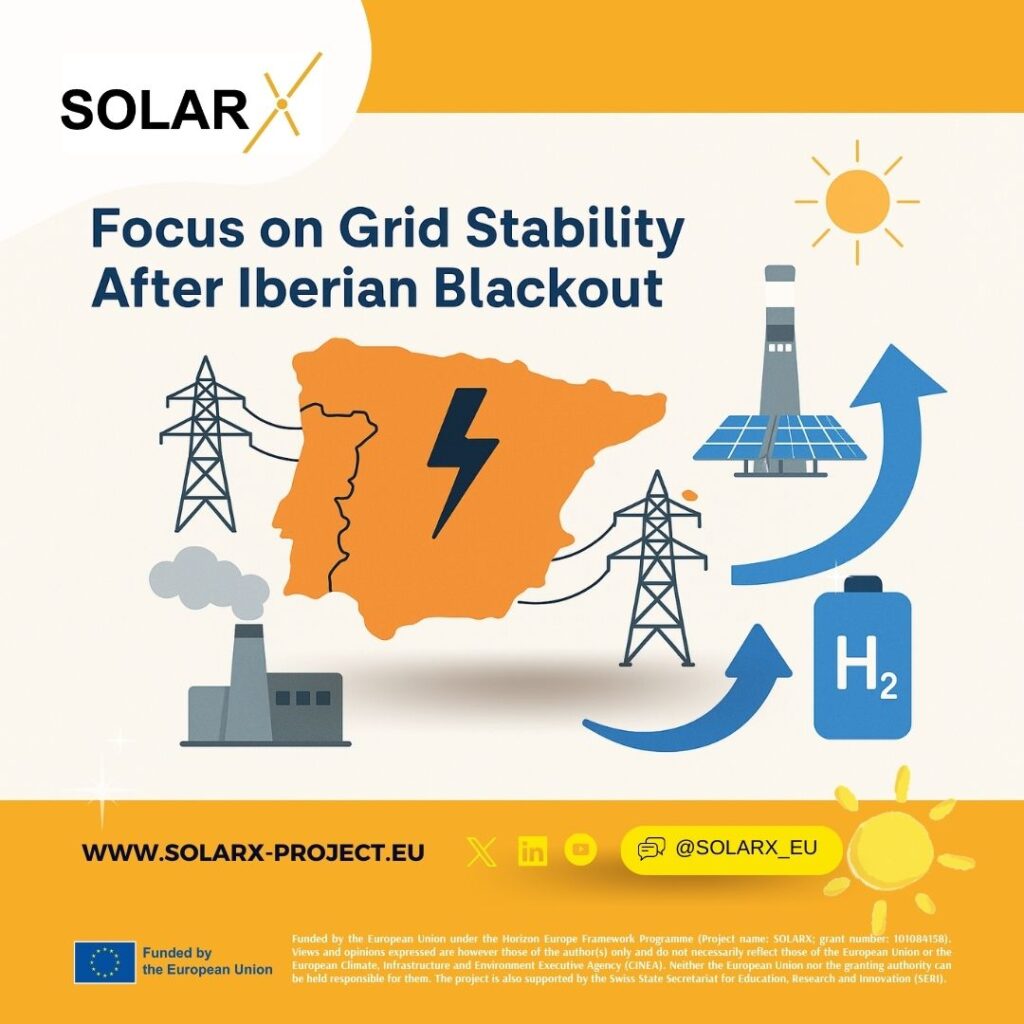On April 28th, a significant blackout swept across Spain and Portugal, underscoring the pressing challenges tied to the rising share of renewable energy sources (RES) in the electricity grid. As the energy transition accelerates across Europe, events like these serve as critical reminders: ensuring grid stability in an increasingly decarbonized system requires more than just clean energy—it demands flexibility.
A wake-up call for the energy transition
While investigations are still underway to determine the root causes of the Iberian outage, experts agree that the incident reveals well-known vulnerabilities. Chief among them is the system’s limited flexibility in managing fluctuations in electricity supply and demand. On the demand side, Spain’s grid operator has already employed flexibility mechanisms to avoid such scenarios in the past. However, on the generation side, the capacity to swiftly respond to demand remains largely dependent on fossil fuel-based technologies.
As the share of intermittent renewables like solar and wind increases, bridging the gap between their variable output and constant demand becomes more difficult. This is particularly true when nuclear plants operate at constant baseload and storage solutions remain limited.
The role of SOLARX in enhancing grid resilience
SOLARX was conceived precisely to address these critical issues. Born from the recognition that tomorrow’s energy systems require dispatchable and flexible renewable technologies, the SOLARX concept offers a revolutionary approach: the integrated management of a solar tower facility capable of producing electricity, heat, or hydrogen, dynamically adjusted to market demands and real-time grid needs.
SOLARX ’s versatility allows it to pivot between direct electricity production at high efficiency and the generation of high-temperature heat, which can be stored for later use or serve industrial applications. Additionally, the system’s hydrogen production capabilities—powered by a unique bi-energy H₂ receiver—enable it to absorb excess electricity that would otherwise be curtailed, further stabilizing the grid.
A key pillar in the Clean Energy Future
By seamlessly switching between energy vectors, SolarX offers the grid a much-needed buffer against volatility, helping to prevent outages like the one experienced on April 28th. Its flexible operations not only support immediate stability but also align with long-term decarbonization goals by reducing dependence on fossil fuels for dispatchable power.
In a future where clean energy must also be reliable, SOLARX stands ready to be part of the solution—providing the kind of flexibility and resilience the grid needs to keep the lights on, sustainably.

